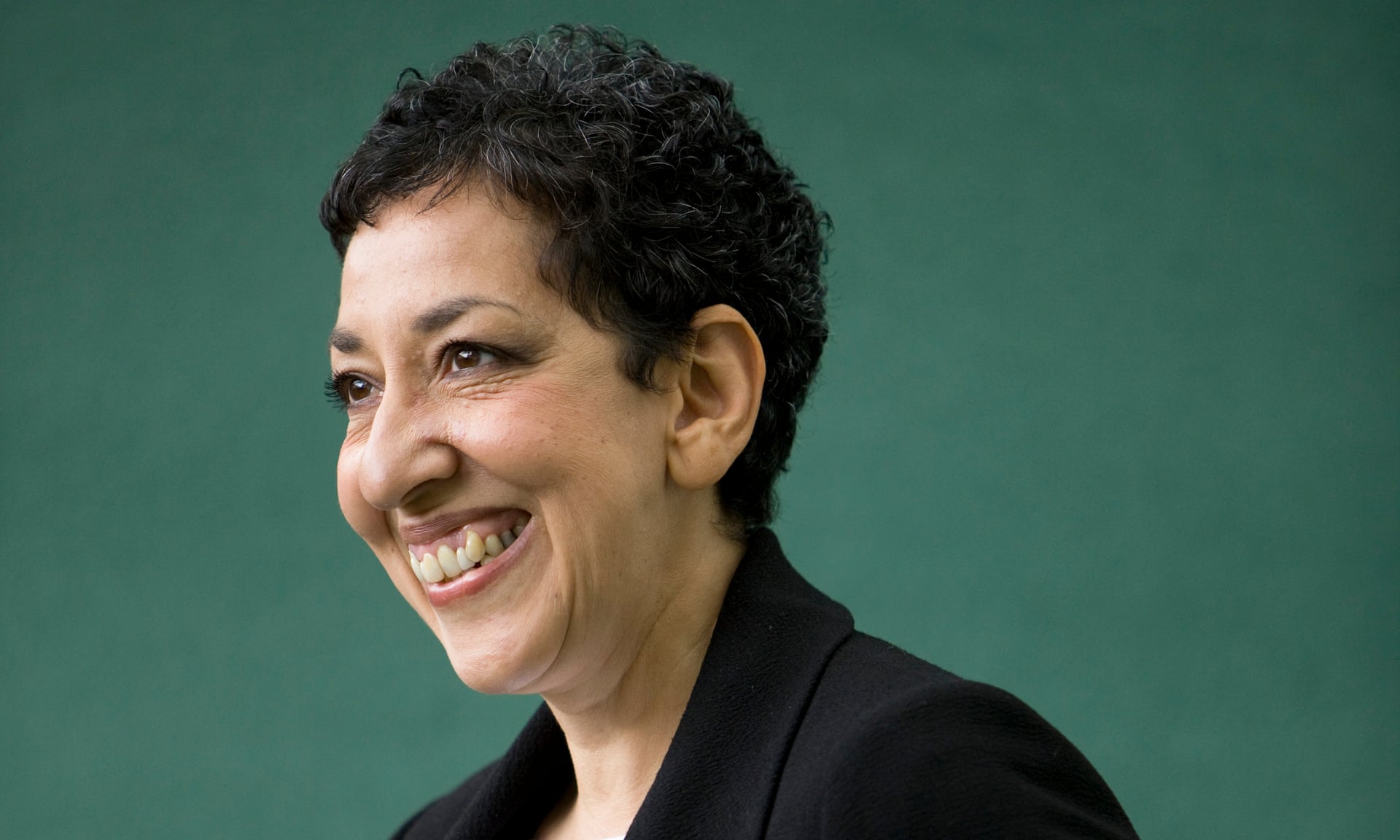Kamala Harris’s Blackness Isn’t Up for DebatePosted in Articles, Media Archive, Politics/Public Policy, United States on 2019-02-17 00:41Z by Steven |
Kamala Harris’s Blackness Isn’t Up for Debate
The Atlantic
2019-02-16
Jemele Hill, Staff Writer
Her identity and motives are being unfairly challenged on all sides.
I would never have put Snoop and Tupac Shakur on the list of things that could potentially harm Senator Kamala Harris’s presidential bid. But this week, two of the greatest hip-hop artists of all time unwillingly played a part in the latest attack on Harris’s blackness, which came after the California Democrat’s appearance on the popular morning-radio show The Breakfast Club.
Harris engaged in a 40-minute-plus, wide-ranging conversation with the hosts Charlamagne Tha God, Angela Yee, and DJ Envy, detailing an agenda focused on issues disproportionately affecting African Americans: the staggering rate at which black women are dying in childbirth, mass incarceration, and poverty.
Unfortunately for Harris, her stances on these matters were drowned out by a dumb headline. Call it #AllEyezOnMeGate. Charlamagne asked Harris whether she’d ever smoked marijuana. She admitted that she’d smoked in college—and did indeed inhale. At some point, Envy asked Harris about her favorite music. But before she could respond, Charlamagne jokingly asked Harris about what she liked to listen to when she imbibed. Harris laughed off Charlamagne’s question and instead told Envy that some of her favorite artists were Snoop and ’Pac. She also mentioned her affinity for Cardi B.
Read the entire article here.







